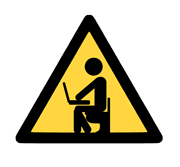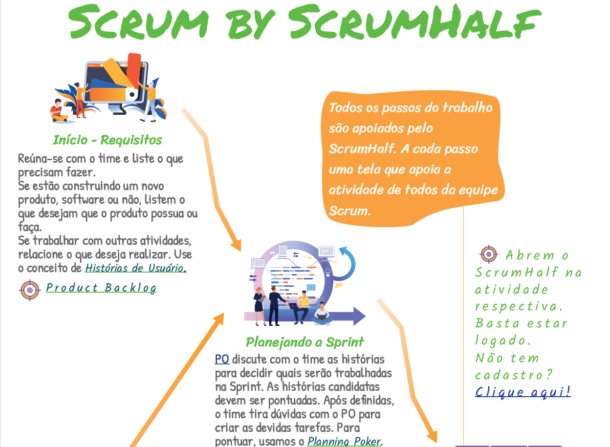 The concept "Ready Story" indicates that a story can now be estimated by the development team in order to be included in a sprint.
The concept "Ready Story" indicates that a story can now be estimated by the development team in order to be included in a sprint.
The definition of "Ready" is established by an agreement between the development team and the PO and can vary from team to team and between projects.
The agreement between the team and PO is necessary do that the Story is actually prepared before the planning the Sprint.
In some simpler projects, it is possible that the stories are understood only by its title and description. However, in other more difficult projects, it may be necessary to prepare class diagrams, use cases and other artifacts. If the team needs this kind of documentation in order to estimate a story, it is recommended that such documentation be prepared prior to the planning poker, so the story is well marked and thus have less risk of being rejected in the final sprint.
If, in this case, the agreement of what a "Ready Story" is includes the submission of such documents (use cases, description of requirements, etc.) it is the responsibility of the PO and it is possible that the he/she will need a specialized team to fulfill this agreement. This team must work in the preparation of the story before the development team is ready to implement it.
An example is the need for designers responsible for making screens, icons and other images that might be useful during the development of some stories. In this case, it is possible that they also form a Scrum team, adopting a strategy where they become responsible for the construction of the artifacts in a sprint that precedes the development sprint. With this, the art produced by a sprint team of designers can then be used in the making of stories. With proper planning you organize these two teams so that they are working on the same story in consecutive sprints, speeding up the development process.
In summary, defining the criteria that indicates when stories are prepared is important because it helps the team in the estimation process of the stories and also helps the PO in planning sprints.
Starting a sprint knowing exactly what should be done in each story is key to high productivity of the development team. The greater the knowledge about each story, either from models or simply a well thought out description, the greater the likelihood of success in the final sprint.





-440x264.jpg)
